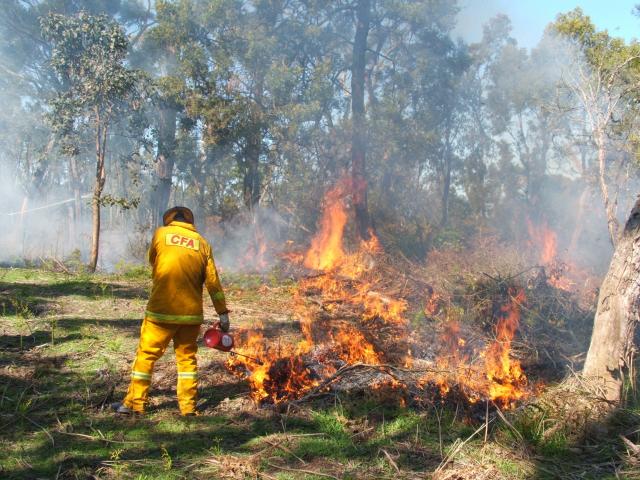A woman’s chances of surviving ovarian cancer at least five years after diagnosis come down to the toss of a coin – just 49 per cent will reach that milestone, making it one of the most lethal reproductive cancers worldwide.
One of the reasons for the high mortality rate is late-stage diagnosis and delayed treatment due to non-specific symptoms that are often missed by healthcare professionals and women themselves.
University of South Australia postdoctoral researcher Dr Amanda Lumsden, with a transdisciplinary team, is hoping to rectify this by co-designing a user-friendly symptom assessment tool for ovarian cancer, funded by a $45,087 catalyst grant from Health Translation SA (HTSA).
Through an online ovarian cancer symptom scoping survey, researchers will gather feedback from people with lived experience of ovarian cancer, as well as clinicians, to help develop a prototype symptom assessment tool.
The tool will detail potential symptoms and risk factors for ovarian cancer and will lay the groundwork for a larger study to test how well the prototype performs.
Dr Lumsden, a Research Fellow based in UniSA’s Australian Centre for Precision Health, says that unlike mammograms and cervical screening tests that help detect breast and cervical cancer at an early stage, there are no public screening programs for picking up ovarian cancer early.
“Women with ovarian cancer may experience non-specific symptoms for up to two or more years before the tumour becomes clinically apparent, and often do not connect these symptoms with cancer,” Dr Lumsden said.
“By then, the tumour has usually progressed to an advanced stage.
“Abdominal issues, including bloating, pain and loss of appetite are red flags. If there is a family history of ovarian cancer, this should also be considered. Some other factors are linked to lower risk, such as having children, and having ever used oral contraceptives.”
Dr Lumsden said that the team is “hoping to identify common symptoms, patterns and themes experienced by people who have experienced an ovarian cancer diagnosis and use these findings to inform the development of the tool”.
Group lead and professor Elina Hyppönen said that this is “a very exciting avenue of research, and an important first step in a larger program of work.”
“If we can find a way to identify high risk women at an earlier stage, this can increase the available treatment options, and hopefully help to ensure better treatment outcomes,” Ms Hyppönen said.
The ovarian cancer symptom scoping survey is open until June 20, with the survey available online.
Details: unisasurveys.qualtrics.com/jfe/form/SV_3KuR3ohn99UX48K
Facts about ovarian cancer:
Ovarian cancer is a disease that can occur in one or both ovaries, the fallopian tube or peritoneum, where cells grow or divide in an abnormal way
The three most common types of the disease are the common epithelial type – 90 per cent of cases, arising from the cells on the outside of the ovary; the germ cell type – around four per cent of cases, arising from the cells which produce eggs; and the rare stromal type, which arises from supporting tissues within the ovary
According to Cancer Council, it is estimated that 1805 people were diagnosed with ovarian cancer and serous carcinomas of the fallopian tube last year
There are often no obvious signs of ovarian cancer, but those with it may have one or more of the symptoms of abdominal bloating; difficulty eating or feeling full quickly; frequent or urgent urination; back, abdominal or pelvic pain; constipation or diarrhoea; menstrual irregularities; tiredness; indigestion; pain during intercourse; or unexplained weight loss or weight gain
Tests to diagnose ovarian cancer include physical examination, where the doctor will check your abdomen for any lumps and do an internal vaginal examination; blood tests; a pelvic ultrasound; a CT scan; a PET scan; or a colonoscopy
After visiting a GP and if they have concerns, you could be referred to a specialist (gynaecological oncologist) at a public hospital or private practice for further tests. Other support resources include Ovarian Cancer Australia and the Cancer Council







